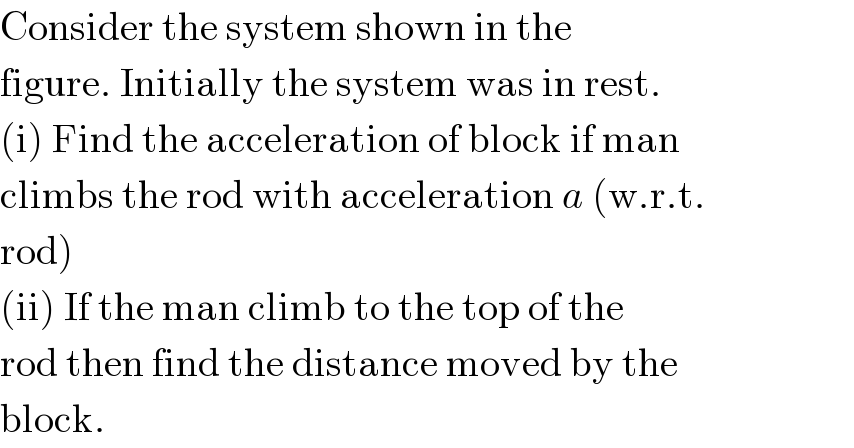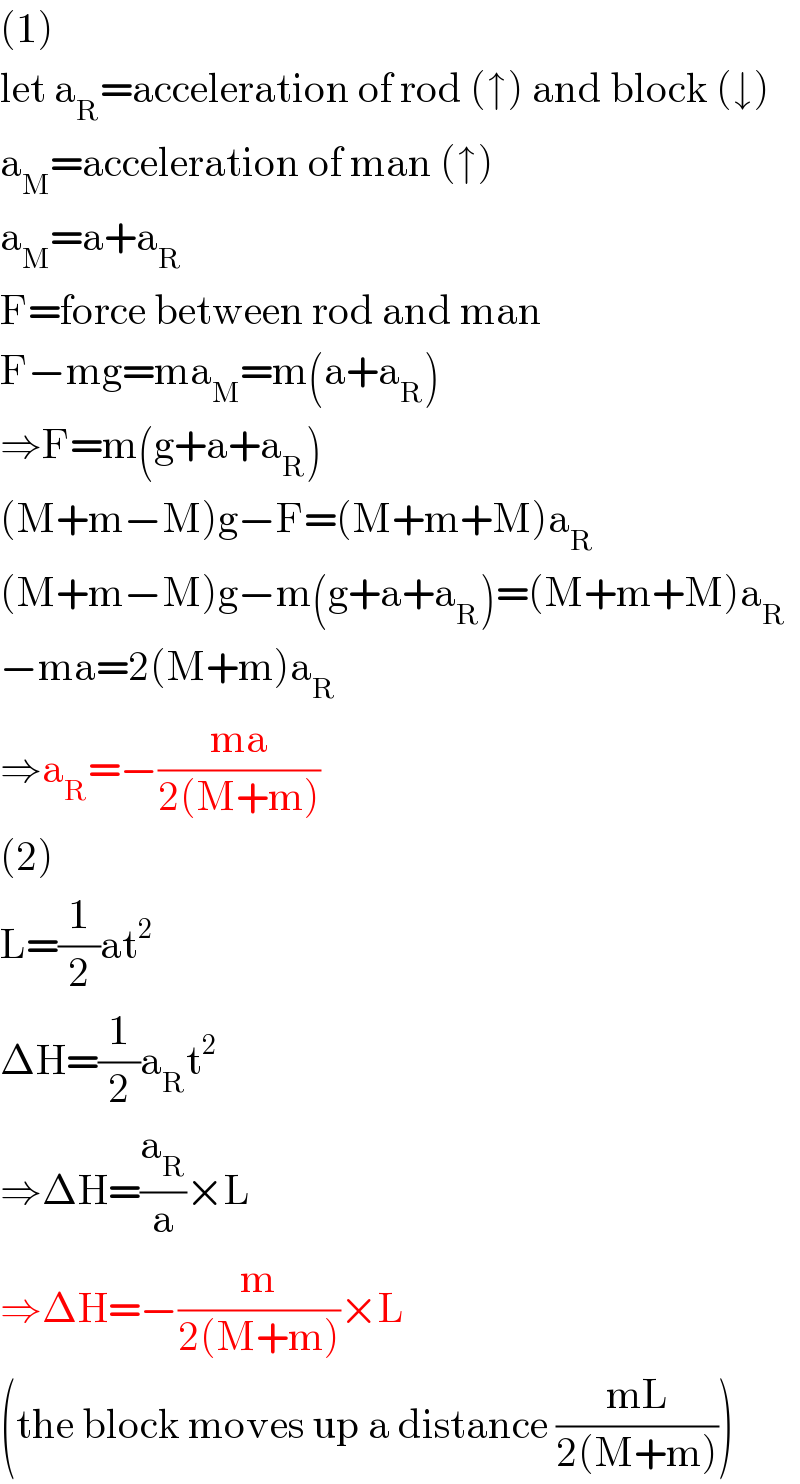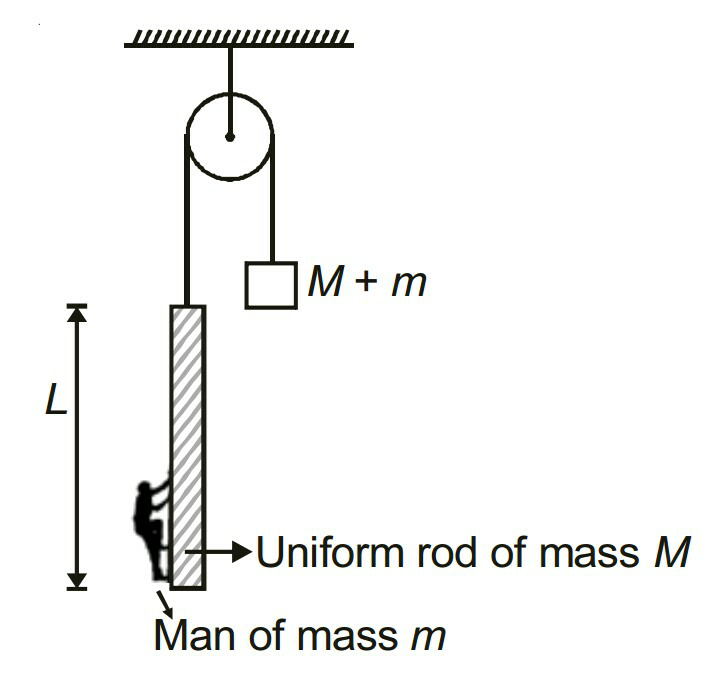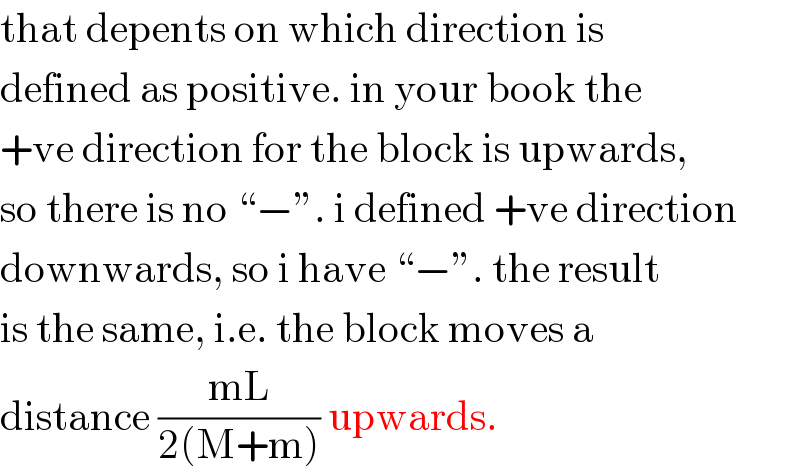Question Number 23224 by Tinkutara last updated on 27/Oct/17

Commented by mrW1 last updated on 27/Oct/17

Commented by Tinkutara last updated on 27/Oct/17

Commented by mrW1 last updated on 27/Oct/17

Commented by Tinkutara last updated on 28/Oct/17

